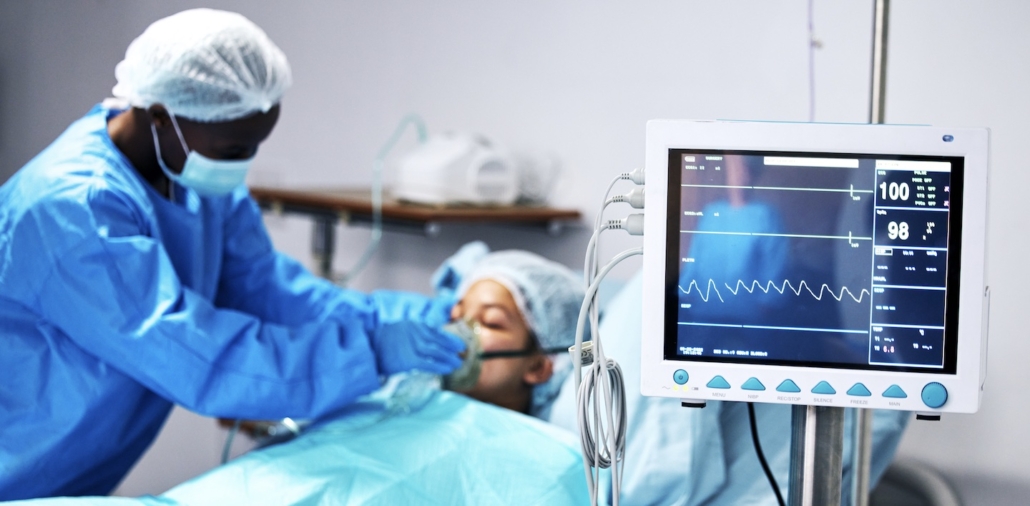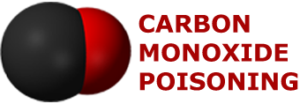FAQ: How quickly can carbon monoxide poisoning happen?
Short Answer: Depending on the concentration of carbon monoxide in the air, it can happen within minutes or take hours or days to have its full poisoning impact.

How quickly can carbon monoxide poisoning happen? Within minutes, if the concentration is high enough. It can also go on at lower levels for weeks, in what is often referred to as a chronic carbon monoxide poisoning.
Gordon Johnson: How quickly can carbon monoxide poisoning happen?
Griff Winthrop: Within. Within minutes.
Gordon Johnson: The answer to that is, it can be so fast that you don’t realize you’re being poisoned before you’re dead, right?
Griff Winthrop: It has to do with the concentration in the ambient air. If you’re in ambient air, that’s 1000 parts per million. You can be poisoned in seconds. If you’re in ambient air, that’s 100 parts per million. It’ll be a few minutes before you start to have symptoms, but they’re both dangerous conditions.[1]
Gordon Johnson: The fastest I’ve seen it happen, and I’ve seen it on a video is it took about 35 minutes in 4000 parts per million to knock our client over. Now, 4000 parts per million is a very high level. Generators will get you a higher level than that.
Maybe even more dangerous than generators are some type of saw that’s being used, that’s only supposed to be used outside is being used in the basement. The most common one is a concrete saw. Or a chainsaw. Using gas fired tools like that in your basement would be a disaster. Using a chainsaw in your garage could be dangerous. So it takes 30 minutes or so at 5000 parts per million to kill you.
But the problem is, these levels can come on so fast. Let’s say you get above 10,000. By the time you realize you’re in trouble, you no longer have an opportunity to escape. And whether it kills you in ten minutes, it may make you incapable of a self rescue and incapable of even the 911 call where you can’t tell the operator where you are.
[1]Peterson and Stewart, Predicting the carboxyhemoglobin levels resulting from carbon monoxide exposures, Journal of Applied Physiology, 1975,
https://journals.physiology.org/doi/abs/10.1152/jappl.1975.39.4.633
